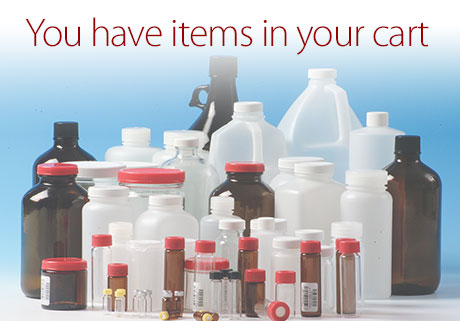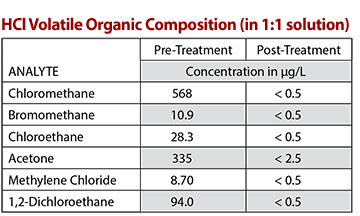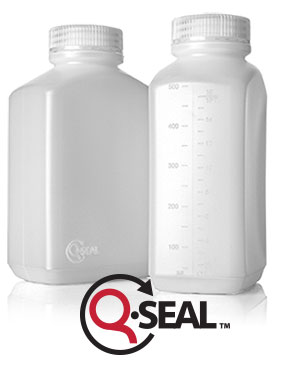 Summer • 2023 Summer • 2023 |
In this Issue: |
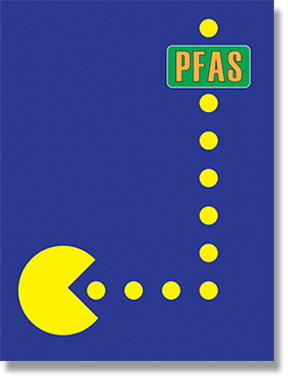 |
Scientists discover microbes that destroy PFAS University of California, Riverside, (UCR) chemical and environmental engineering scientists have identified two species of bacteria found in soil that break down a subgroup of per- and poly-fluoroalkyl substances, or PFAS, that have one or more chlorine atoms within their chemical structure, as reported in the journal Natural Water. PFAS chemicals persist in the environment for decades or much longer because of their unusually strong carbon-to-fluorine bonds. The UCR team found that the bacteria cleave the pollutant's chlorine-carbon bonds, which starts a chain of reactions that destroy the forever chemical structures, rendering them harmless. Researchers discovered that once the bacteria's carbon-chlorine bond cleavage occurs, it generates unstable intermediates. Then those unstable intermediates undergo spontaneous defluorination, which is the cleavage of the carbon-fluorine bond. Chlorinated PFAS are a large group in the forever chemical family of thousands of compounds. They include a variety of non-flammable hydraulic fluids used in industry and compounds used to make chemically stable films that serve as moisture barriers in various industrial, packaging, and electronic applications. The two identified bacteria species—Desulfovibrio aminophilus and Sporomusa sphaeroides —are naturally occurring and are known to live in the subterranean microbiomes where groundwater may be contaminated with PFAS. For expedited cleanups, an inexpensive nutrient, such as methanol, could be injected into groundwater to promote bacterial growth. This would greatly increase the bacteria's presence to destroy the pollutants more effectively, If the bacteria are not already present, the contaminated water could be inoculated with one of the bacterium species. Microbes have long been used for biological cleanup of oil spills and other industrial pollutants, including the industrial solvent trichloroethylene or TCE. Using microorganisms to clean up PFAS shows great promise because biological treatments, when effective, are generally less costly and more environmentally friendly than chemical treatments. Pollutant-eating microbes can also be injected into difficult-to-reach locations underground. This latest PFAS study comes as the U.S. Environmental Protection Agency is promulgating new regulations to spur cleanups of PFAS-contaminated groundwater sites throughout the nation because these chemicals have been linked to a host of ill health effects, including cancer, kidney disease, and hormone disruptions. This press release was originally published on the University of California - Riverside website Source: Lab Manager News |
 |
QEC's HCl preservative purification Your HCl vials may be properly cleaned and certified, but what about the HCl itself? Did you know that most of the commercially available hydrochloric acids exceed EPA quantitation limits for certain contaminants, making those acids unsuitable for VOC preservation? EPA guidelines for contaminant-free sample containers recommend there should be no more than one half of the CLP’s Contract Required Quantitation Limit (CRQL) contributed by the container. Surprisingly, the majority of the commercially available acids tested exhibited levels exceeding the CRQL when used as a preservative. QEC uses its own unique procedure to remove or reduce preservative contaminants to better than acceptable levels before adding the HCl to our vials. The table below shows the volatile organic composition of a 1:1 solution of HCl and VOC-free water before and after our treatment process. The result is HCl preserved vials that are absolutely trustworthy for VOC preservation and analyses. Certificates of Analysis for vials and acid can be produced upon request. For more information please contact your QEC representative or our Customer Service Team.
|
|
|
Q-Seal™ for lead and copper water sampling QEC’s Q-Seal™ leak-proof oblongs are your best choice for collecting water samples to be tested for lead, copper, and other metals: a reliably leak-proof precision-engineered container at an affordable price. For water sampling projects with a high number of sample points, such as schools and institutions, Q-Seal™ gives you single-use economy along with the features you expect from a premium container:
For more information please contact your QEC representative or our Customer Service Team. |
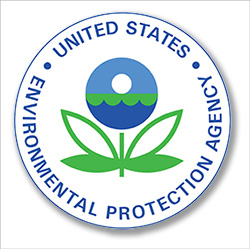 |
EPA to remove PFAS exemptions from TSCA The US Environmental Protection Agency (EPA) has released a prepublication of a proposed rule instituting reforms to EPA’s regulations implementing the Toxic Substances Control Act (TSCA). The proposed rule also removes existing exemptions from EPA’s full review process for new per- and polyfluoroalkyl substances (PFAS). This would prohibit PFAS manufacturers from relying on the low-volume exemption or the low release and exposure exemption. Removing PFAS from those two exemptions follows EPA’s goals set forth in its 2021-2024 PFAS Strategic Roadmap issued on October 18, 2021. EPA maintains a TSCA Chemical Substance Inventory, which lists all chemical substances known to be in commerce in the United States. Under TSCA, manufacturers and importers must submit a premanufacture notice for a new chemical substance unless an exemption applies (e.g., research and development). EPA must complete its risk determination for the new chemical substance before manufacture or import may commence. The proposed rule now makes clear that EPA must complete its risk determination on 100% of new chemical substances or approve an exemption notice before the associated product can enter the market, which aligns with amendments to TSCA made in 2016. Source: Sidley Environmental and Energy Brief |
| © 2023 Quality Environmental Containers, Inc. |
